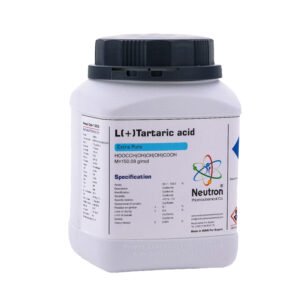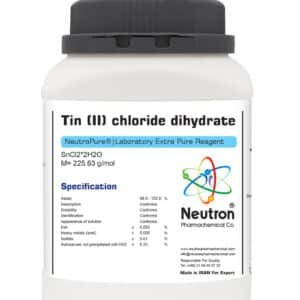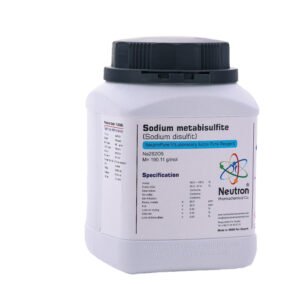آلومینیوم اکسید انهیدروس
| Chemical formula | Al2O3 |
| Density | 3.9 g/cm3 |
| Molar mass | 101.94 g/mol |
| HS Code | 28182000 |
| CAS number | 1344-28-1 |
| Storage | without limitations |
| EC number | 215-691-6 |
| SDS | available |
| RTECS | BD1200000 |
| S phrase | S 22 |
| Odour | odourless |
| Form | solid |
| Color | white |
| p H value | ~ 7 (100 g/l 20°c) |
| Solubility in water | 2980 g/l (20°c) |
| Melting point | 2050 °C |
| Boiling point | 2980 °C |
| Substances extractable by water | ≤ | 0/5 | % |
| Description | Conforms | ||
| Identification | Conforms | ||
| Solubility | Conforms | ||
| Chloride | ≤ | 0/015 | % |
| Sulphate | ≤ | 0/05 | % |
| Iron | ≤ | 0/02 | % |
| Arsenic | ≤ | 0/0005 | % |
| Loss on ignition | ≤ | 1 | % |
Aluminium oxide anhydrous is a white, odorless, and crystalline inorganic compound that naturally occurs as the mineral corundum. Known for its hardness, thermal stability, and chemical inertness, it is widely used in laboratories and pharmaceutical formulations due to its amphoteric nature and biocompatibility.
🏭⚗️ Production
It is typically produced via the Bayer process by extracting aluminium hydroxide from bauxite and then heating it to high temperatures to obtain the anhydrous form. The most stable and commonly used form is alpha-alumina, which offers high purity and durability.
🔬 Properties
With the formula Al₂O₃ and a molar mass of 101.96 g/mol, aluminium oxide appears as a white crystalline powder. It has a high melting point (~2072 °C), is insoluble in water, and reacts with both acids and bases. It is hard, thermally conductive, and electrically insulating.
🧪 Applications
In laboratories, it is used as a chromatographic stationary phase and as a support for catalysts. In pharmaceuticals, it functions as an excipient—used as an adsorbent, desiccant, or pigment carrier—and is found in tablets, dental products, and implant coatings due to its safety and stability.
⚠️ Safety
Though generally non-toxic, fine aluminium oxide dust may irritate the eyes, skin, or respiratory system. Proper protective equipment is advised. For pharmaceutical use, only high-purity grades should be used, stored in dry, sealed containers away from reactive chemicals.





